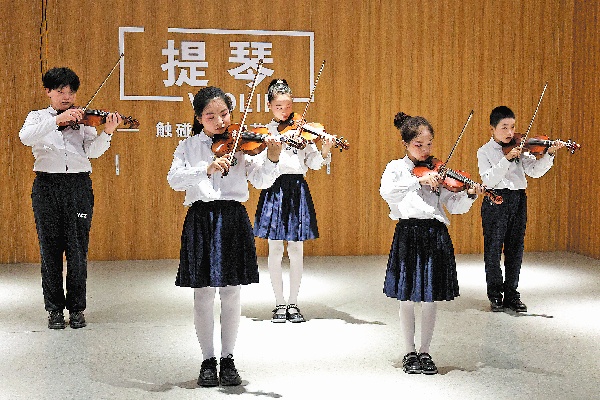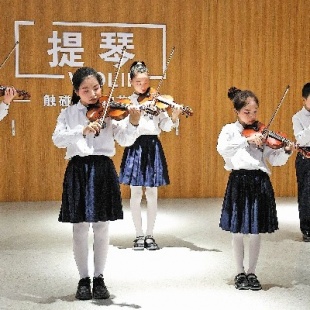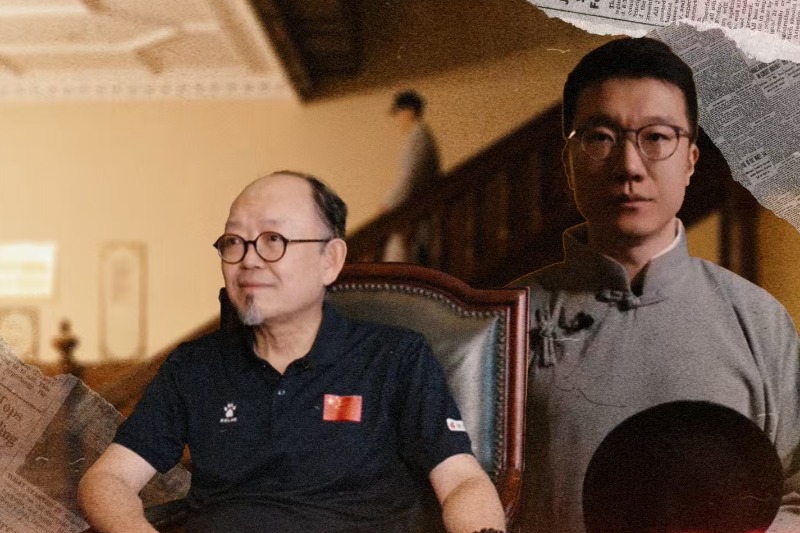Strings of violin drown out memories of gunfire in rural China


Braving a sweltering summer afternoon in Central China, 12-year-old Chen Yulin steadied her violin beneath her chin. Alongside four classmates, she played My Motherland and I with precision, rehearsing for a school performance marking the 80th anniversary of the victory in the Chinese People's War of Resistance Against Japanese Aggression (1931-45).
The students are from Queshan county in Henan province, once a key stronghold of the Communist Party of China. Leaders including Liu Shaoqi and Li Xiannian, as well as generals like Wang Zhen and Zhang Aiping, trained and fought here. Units of the CPC-led New Fourth Army fanned out from Queshan to resist the aggressors.
Over the past decade, Queshan has waged a different kind of battle: lifting itself out of absolute poverty. Today, the county offers free violin lessons in several public schools — a rarity even in many Chinese cities.
Chen has participated in the program for more than two years, joining 70 classmates receiving professional training and instruments at no cost.
What makes this possible is Queshan's thriving homegrown violin-making industry. According to industry data, 90 percent of the world's violins are made in China, and 80 percent of the country's midto high-end handcrafted violin-family instruments come from Queshan.





































